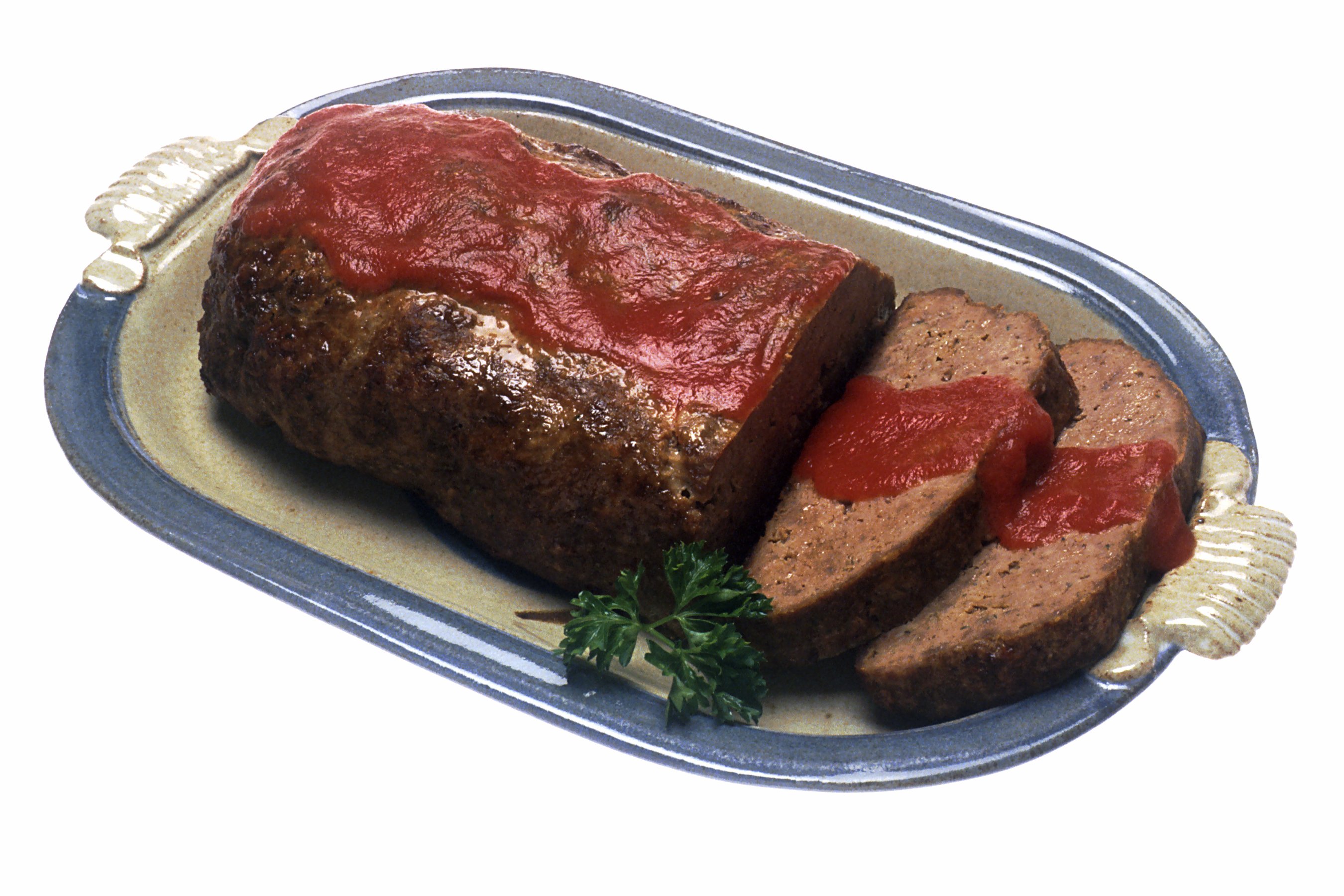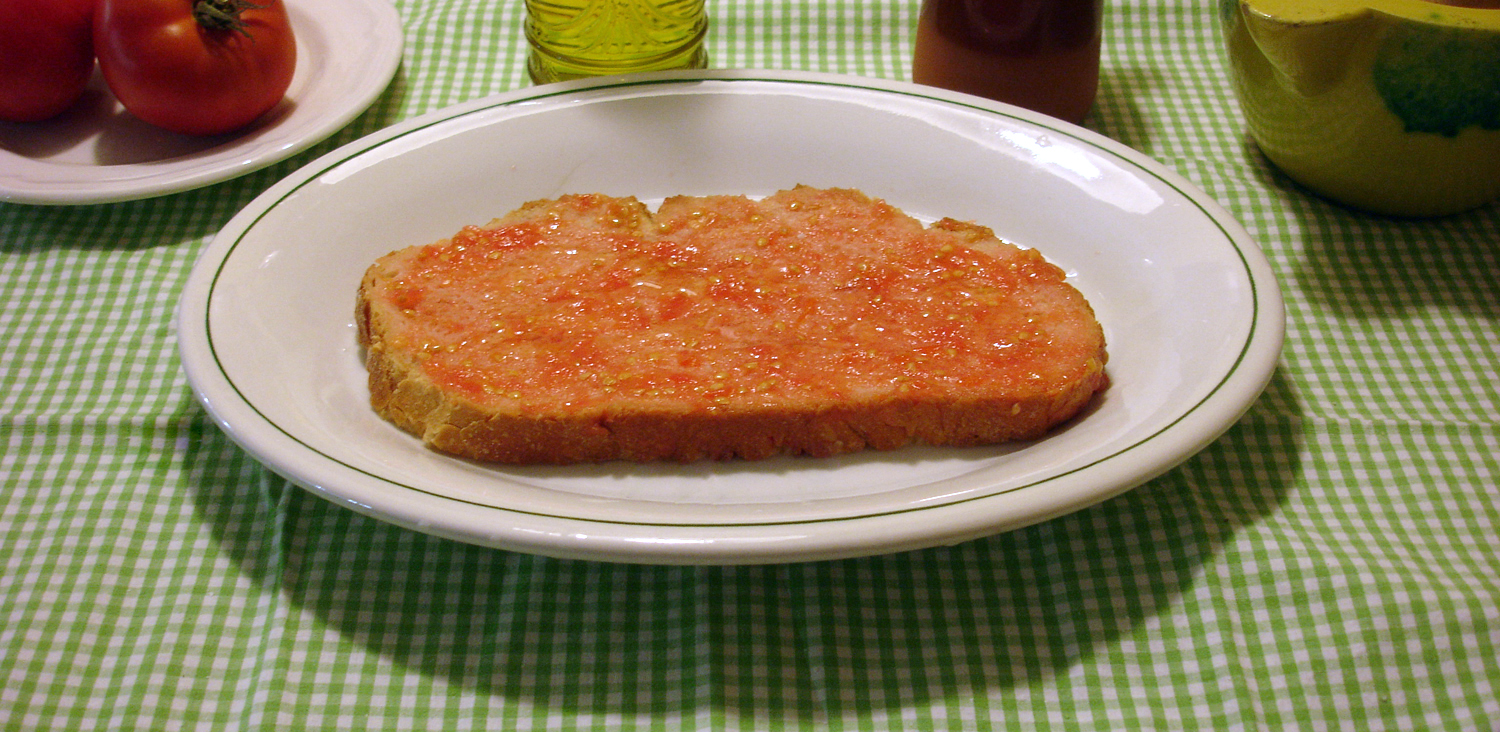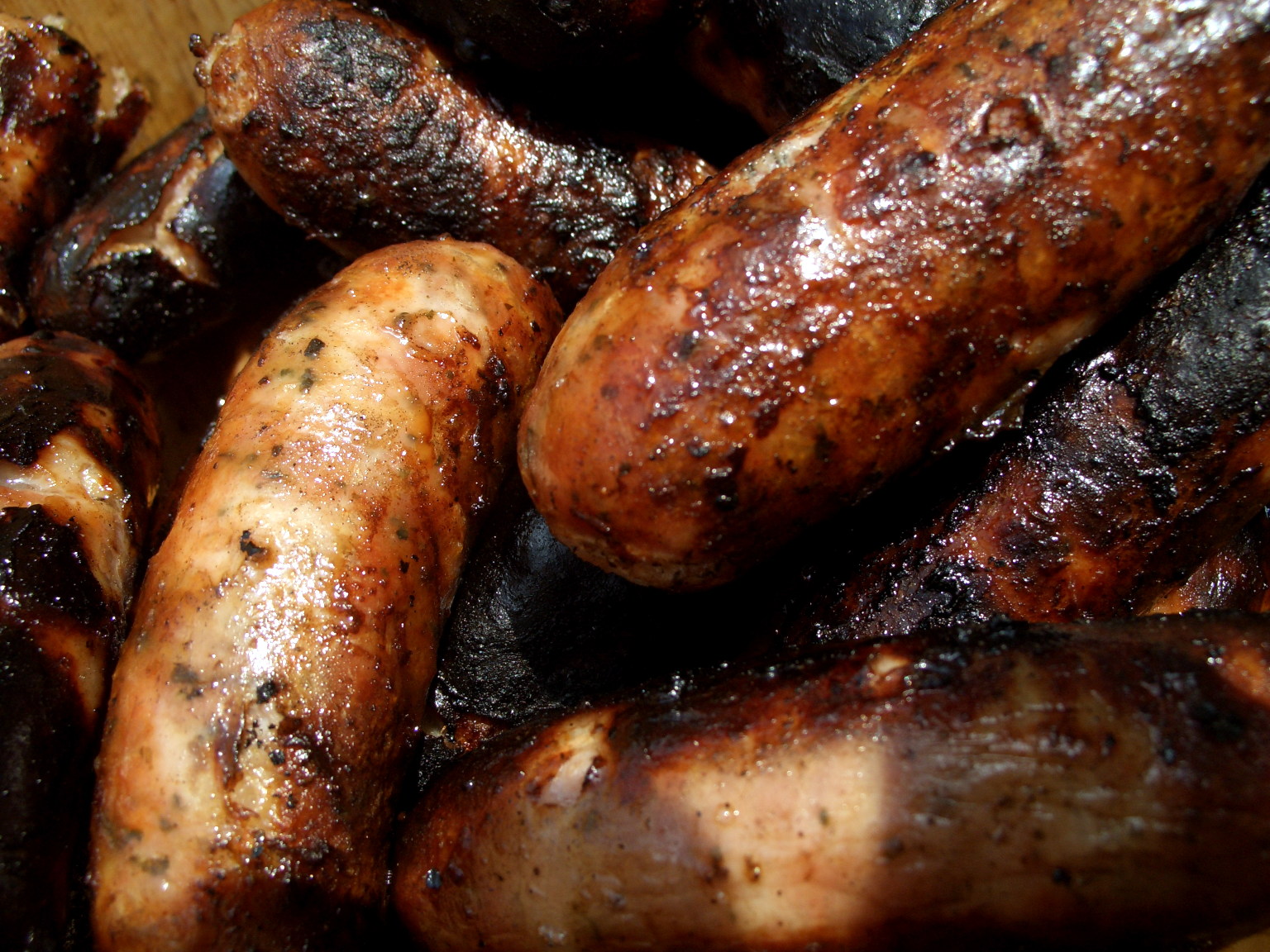|
Embutido
(Spanish and Brazilian Portuguese), (European Portuguese) or (Catalan) is a generic term for cured meat products. The dictionary of the Royal Spanish Academy defines it as "intestine stuffed with minced meat, mainly pork; intestine stuffed with diverse ingredients" Illustrating use of "embutido" for all sorts of sausages, fresh and dried, including frankfurters (the Spanish word comes from the verb "embutir", "to stuff"). The term often applies to any of the many varieties of cured, dry sausages found in the cuisines of Iberia and the former Spanish and Portuguese colonies. In Philippine cuisine, however, due to the fusion of Spanish and American cuisine in the islands, (or ) refers to a type of meatloaf wrapped around slices of egg and sausage. Varieties Specific varieties include, among many others (see list of sausages for the various countries): * Chorizo/chouriço * Sobrassada from the Balearic Islands * Botifarra from Catalonia * Butifarra Soledeña * Fuet from Cata ... [...More Info...] [...Related Items...] OR: [Wikipedia] [Google] [Baidu] |
Embutido (Filipino Cuisine)
''Embutido'', or ''embotido'', is a Philippine meatloaf made with ground pork and stuffed with hard-boiled eggs and sliced ham or various sausages. It is traditionally wrapped in aluminum foil and steamed, though it can also be baked. ''Embutido'' is commonly prepared during Christmas, '' fiestas'', and other special occasions. It can be served hot or chilled, and is usually dipped in banana ketchup or some other type of sweet sauce. Despite the Spanish name, the dish is derived from the American meatloaf. The name is usually translated as Filipino meatloaf. Origins The name of the dish in the Philippines originally referred to ''embutido'', the Spanish word for sausage. Dried sausages are now known under the general terms ''longganisa'' or ''chorizo'' in the Philippines, with the term ''embutido'' used for the meatloaf dish. The dish itself originates from the American meatloaf, introduced during the American colonial period of the Philippines (1898–1946). This was due ... [...More Info...] [...Related Items...] OR: [Wikipedia] [Google] [Baidu] |
Meatloaf
Meatloaf is a dish of ground meat that has been combined with other ingredients and formed into the shape of a loaf, then baked or smoked. The final shape is either hand-formed on a baking tray, or pan-formed by cooking it in a loaf pan. It is usually made with ground beef, although ground lamb, pork, veal, venison, poultry, and seafood are also used, sometimes in combination. Vegetarian adaptations of meatloaf may use imitation meat or pulses. The cooked meatloaf can be sliced like a loaf of bread to make individual portions. It can easily become dry; therefore, various techniques exist to keep the dish moist, like mixing in bread crumbs and egg, covering it with sauce, wrapping it, or using moisture-enhancing ingredients in the mixture, such as filling it with fatty meats, rich cheeses, or vegetables. History Meatloaf of minced meat was mentioned in the Roman cookery collection '' Apicius'' as early as the 5th century. Meatloaf is a traditional German, S ... [...More Info...] [...Related Items...] OR: [Wikipedia] [Google] [Baidu] |
Androlla
An androlla () is a Galician embutido made from pork. It is similar to the botillo sausages of León. It is prepared from the "cueras" (the end of a slab of bacon). Cueras are well cleaned, without the skin; rib meat is added with portions of the diaphragm Diaphragm may refer to: Anatomy * Thoracic diaphragm, a thin sheet of muscle between the thorax and the abdomen * Pelvic diaphragm or pelvic floor, a pelvic structure * Urogenital diaphragm or triangular ligament, a pelvic structure Other * Diap ... muscles. It is eaten cooked and is often accompanied by "cachelos" (boiled potatoes). In the regions of León and Zamora, the word "androlla" can refer to any kind of pork sausage. {{Galician cuisine Spanish sausages ... [...More Info...] [...Related Items...] OR: [Wikipedia] [Google] [Baidu] |
Longaniza
Longaniza (, or ) is a Spanish sausage (embutido) similar to a chorizo and also closely associated with the Portuguese linguiça. Its defining characteristics are interpreted differently from region to region. It is popular in the cuisines of several regions of Spain, Argentina, Uruguay, Puerto Rico, Dominican Republic, El Salvador, Guatemala, Mexico and Chile. In the Philippines, it is called longganisa and has hundreds of variants with different vernacular tastes and forms due to the 144 ethno-linguistic groups of the archipelago. Varieties by country Spain In Spain, ''longaniza'' is similar to '' salchichón'', though thinner; both differ from chorizo in that black pepper is used for them instead of paprika and may have different spices in them like nutmeg. Argentina and Uruguay In Argentina and Uruguay, longaniza is a very long, cured and dried pork sausage that gets its particular flavour from ground anise seeds. This results in a very particular aroma, and a ... [...More Info...] [...Related Items...] OR: [Wikipedia] [Google] [Baidu] |
Philippine Cuisine
Filipino cuisine ( fil, lutong Pilipino/pagkaing Pilipino) is composed of the cuisines of more than a hundred distinct ethnolinguistic groups found throughout the Philippine archipelago. A majority of mainstream Filipino dishes that compose Filipino cuisine are from the food traditions of various ethnolinguistic groups and tribes of the archipelago, including the Ilocano, Pangasinan, Kapampangan, Tagalog, Bicolano, Visayan, Chavacano and Maranao ethnolinguistic groups. The styles of preparation and dishes associated with them have evolved over many centuries from a largely indigenous (largely Austronesian) base shared with maritime Southeast Asia with varied influences from Chinese, Spanish and American cuisines, in line with the major waves of influence that had enriched the cultures of the archipelago, as well as others adapted to indigenous ingredients and the local palate. [...More Info...] [...Related Items...] OR: [Wikipedia] [Google] [Baidu] |
Paio
''Paio'' is a traditional ''embutido'' sausage of Portugal and Brazil. Paio is made of pork loin, seasoned with garlic, salt, and ''Capsicum'' pepper and smoked. It is a hard sausage, usually made in a large diameter, and can be sliced and eaten on bread. In Brazil it is a common ingredient of the bean stew '' feijoada''. See also *List of sausages This is a list of notable sausages. Sausage is a food usually made from ground meat with a skin around it. Typically, a sausage is formed in a casing traditionally made from intestine, but sometimes synthetic. Some sausages are cooked durin ... Portuguese sausages Brazilian cuisine {{Brazil-cuisine-stub ... [...More Info...] [...Related Items...] OR: [Wikipedia] [Google] [Baidu] |
Spanish Sausages
Spanish might refer to: * Items from or related to Spain: **Spaniards are a nation and ethnic group indigenous to Spain ** Spanish language, spoken in Spain and many Latin American countries ** Spanish cuisine Other places * Spanish, Ontario, Canada * Spanish River (other), the name of several rivers * Spanish Town, Jamaica Other uses * John J. Spanish (1922–2019), American politician * "Spanish" (song), a single by Craig David, 2003 See also * * * Español (other) * Spain (other) * España (other) * Espanola (other) * Hispania, the Roman and Greek name for the Iberian Peninsula * Hispanic, the people, nations, and cultures that have a historical link to Spain * Hispanic (other) * Hispanism * Spain (other) * National and regional identity in Spain * Culture of Spain * Spanish Fort (other) Spanish Fort or Old Spanish Fort may refer to: United States * Spanish Fort, Alabama, a city * Spanish Fort ... [...More Info...] [...Related Items...] OR: [Wikipedia] [Google] [Baidu] |
Portuguese Sausages
Portuguese may refer to: * anything of, from, or related to the country and nation of Portugal ** Portuguese cuisine, traditional foods ** Portuguese language, a Romance language *** Portuguese dialects, variants of the Portuguese language ** Portuguese man o' war, a dangerous marine cnidarian that resembles an 18th-century armed sailing ship ** Portuguese people, an ethnic group See also * * ''Sonnets from the Portuguese'' * "A Portuguesa", the national anthem of Portugal * Lusofonia * Lusitania Lusitania (; ) was an ancient Iberian Roman province located where modern Portugal (south of the Douro river) and a portion of western Spain (the present Extremadura and the province of Salamanca) lie. It was named after the Lusitani or Lu ... * {{disambiguation Language and nationality disambiguation pages ... [...More Info...] [...Related Items...] OR: [Wikipedia] [Google] [Baidu] |
Catalan Cuisine
Catalan cuisine is the cuisine from Catalonia. It may also refer to the shared cuisine of Northern Catalonia and Andorra, the second of which has a similar cuisine to that of the neighbouring Alt Urgell and Cerdanya '' comarques'' and which is often referred to as "Catalan mountain cuisine". It is considered a part of western Mediterranean cuisine. History There are several Catalan language cookbooks from the Middle Ages that are known to modern scholars. The ' (1520) was one of the most influential cookbooks of Renaissance Spain. It includes several sauce recipes made with ingredients such as ginger, mace powder ('), cinnamon, saffron Saffron () is a spice derived from the flower of ''Crocus sativus'', commonly known as the "saffron crocus". The vivid crimson stigma (botany), stigma and stigma (botany)#style, styles, called threads, are collected and dried for use mainly ..., cloves ('), wine and honey. '' Salsa de pagó'' took its name from the peacock ( ca, el ... [...More Info...] [...Related Items...] OR: [Wikipedia] [Google] [Baidu] |
List Of Sausages
This is a list of notable sausages. Sausage is a food usually made from ground meat with a skin around it. Typically, a sausage is formed in a casing traditionally made from intestine, but sometimes synthetic. Some sausages are cooked during processing and the casing may be removed after. Sausage making is a traditional food preservation technique. Sausages may be preserved. By type * Blood sausage * Boerewors * Fermented sausage – a type of sausage that is created by salting chopped or ground meat to remove moisture, while allowing beneficial bacteria to break down sugars into flavorful molecules. * * * * * * * * * * * * * * Vegetarian sausage – may be made from tofu, seitan, nuts, pulses, mycoprotein, soya protein, vegetables or any combination of similar ingredients that will hold together during cooking * Volkswagen currywurst – a brand of sausage manufactured by the Volkswagen car maker since 1973 * White pudding * Winter salami By co ... [...More Info...] [...Related Items...] OR: [Wikipedia] [Google] [Baidu] |
Colombia
Colombia (, ; ), officially the Republic of Colombia, is a country in South America with insular regions in North America—near Nicaragua's Caribbean coast—as well as in the Pacific Ocean. The Colombian mainland is bordered by the Caribbean Sea to the north, Venezuela to the east and northeast, Brazil to the southeast, Ecuador and Peru to the south and southwest, the Pacific Ocean to the west, and Panama to the northwest. Colombia is divided into 32 departments and the Capital District of Bogotá, the country's largest city. It covers an area of 1,141,748 square kilometers (440,831 sq mi), and has a population of 52 million. Colombia's cultural heritage—including language, religion, cuisine, and art—reflects its history as a Spanish colony, fusing cultural elements brought by immigration from Europe and the Middle East, with those brought by enslaved Africans, as well as with those of the various Amerindian civilizations that predate colonization. S ... [...More Info...] [...Related Items...] OR: [Wikipedia] [Google] [Baidu] |
Butifarras Soledeñas
''Botifarra'' ( es, butifarra; french: boutifarre) is a type of sausage and one of the most important dishes of the Catalan cuisine. ''Botifarra'' is based on ancient recipes, either the Roman sausage ''botulu'' or the ''lucanica'', made of raw pork and spices, with variants today in Italy and in the Portuguese and Brazilian ''linguiça''. In Colombia, '' Butifarras Soledeñas'' are a popular tradition in Soledad, Atlántico. Varieties Some of the most representative types are: *Raw botifarra, ''botifarra vermella'', ''butifarra roja'', ''butifarra cruda'', ''botifarra crua'', or ''roget''. It is also known as ''llonganissa'' or ''longaniza'' in many places of the Eastern Spain. This botifarra is usually grilled or barbecued. *Black botifarra, ''butifarra negra'' or ''negret'', containing boiled pork blood in the mixture. *''Botifarra catalana'', large botifarra similar to cooked ham; it may contain truffles. *''Botifarra d'ou'' or ''butifarra de huevo'' (literally "botifa ... [...More Info...] [...Related Items...] OR: [Wikipedia] [Google] [Baidu] |
.jpg)




.jpg)
